Fungal infections or dermatomycoses are diseases caused by fungi of various types. In terms of the frequency of skin changes, they are second only to pyoderma. Due to physiological properties, the fungus most often affects the feet of the lower extremities. Many people try to get rid of unpleasant symptoms on their own and are looking for ways to quickly cure athlete's foot at home.
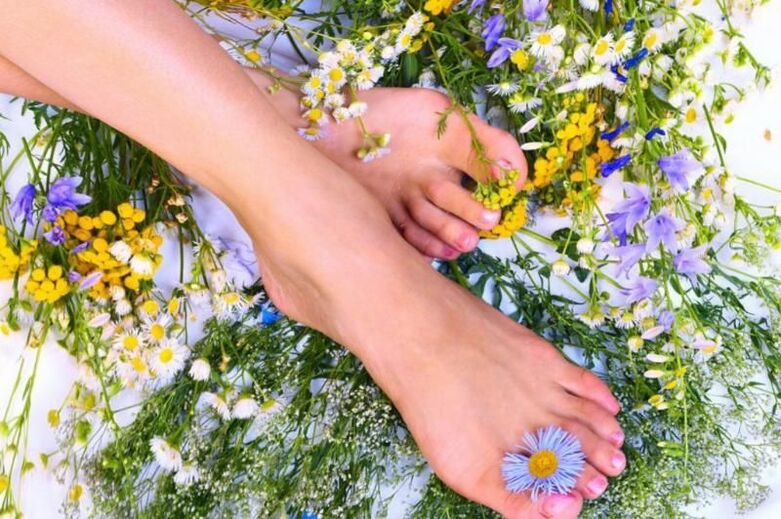
Routes of infection
Fungi on the feet affect the horny layer of the skin and its appendages - the nails. The development of the disease depends on the pathogenicity and virulence of microorganisms, environmental factors and the state of human health. If the clinical picture is the same, the pathogens can be different types of fungi. The spores are very stable in the external environment (high and low temperatures) and retain their ability to infect for several years.
It is easy to become infected with athlete's foot, but you have to fight it for a long time and stubbornly using various methods and means. An infection of the feet occurs when pathogenic spores come into contact with the skin of a healthy person. Main routes of infection:
- inadequate sterilization of instruments in pedicure rooms,
- general shoes, hygiene items (washcloth, towel).
Reasons for athlete's foot infection:
- Rooms with high temperature and humidity: baths, saunas, swimming pools, gyms,
- increased sweating of the feet,
- the presence of abrasions, microcracks on the skin,
- non-compliance with hygiene standards,
- systematic overheating or hypothermia of the legs,
- Diseases associated with circulatory disorders,
- endocrine pathologies caused by metabolic disorders (obesity, diabetes),
- reduced immunity.
Symptoms of a fungal infection
In the clinic for fungal infections of the feet there are different types.
- An obliterated form in which there is mild itching, burning, dryness and flaking between the fingers.
- Squamous cell carcinoma. In the area of the sole, in the interdigital folds, there is extensive, lamellar peeling. With a long course - painful cracks, itching.
- The intertriginous form occurs when the squamous stage is not treated. The process begins with the appearance of hyperemia and moist loosening of the stratum corneum of the skin between the fingers. When the macerated areas are separated, an eroded surface is revealed, bordered along the periphery by shreds of softened epidermis. The process includes areas adjacent to the toes and sole. A person feels pain when walking and a secondary purulent infection may develop.
- Hyperkeratotic. Areas of dry nodules and bluish-red plaques covered with dense scales are formed. They are clearly separated from the healthy skin and peel off along the circumference. They are located on the sole of the foot and migrate to the lateral surfaces of the foot and into the interdigital folds. This form may appear as a yellowish callus with cracks in the top layer. Symptoms: mild itching, cracked and dry skin.
- The dyshidrotic form primarily affects the soles of the feet. The clinical picture is complemented by large blisters with a tight cover. Rashes appear singly or numerous. The bubbles may fuse together to form cortical layers or open to expose erosions. As the disease progresses, eroded areas form and severe pain occurs when pressure is applied.
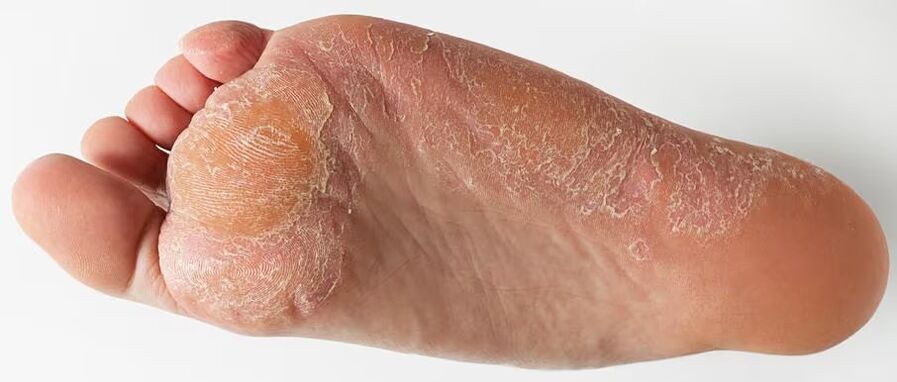
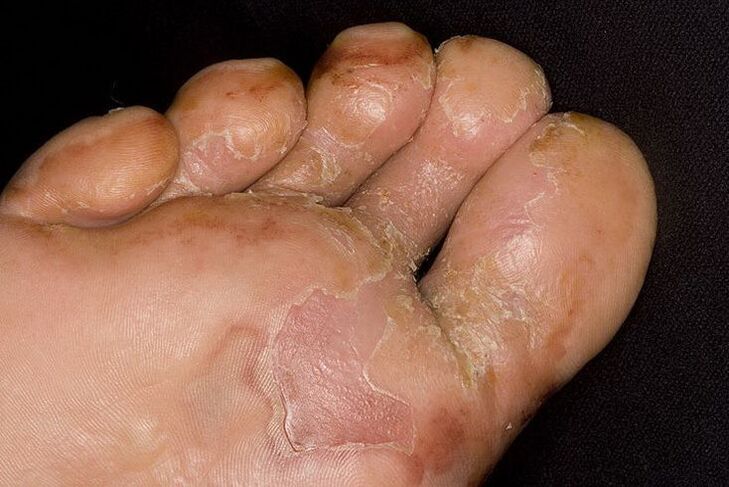
A characteristic sign of weeping mycoses is the appearance of an unpleasant odor on the feet.
Treatment with folk remedies
People suffered from fungal diseases long before the invention of antifungal drugs, so traditional medicine has a wealth of experience in treating such lesions at home. Nevertheless, it is unlikely that you will be able to quickly cope with the fungus on your own without consulting a doctor and without special antifungal drugs.
The majority of folk remedies used in the treatment of fungus are substances that dry out the top layer of the skin, thereby promoting severe peeling of the epidermis and at the same time removing fungal spores.

It is impossible to recommend to everyone one of the fastest ways to get rid of the disease. Much depends on the stage of pathology, the type of fungus, the individual characteristics of the patient's skin and concomitant diseases.
The use of combination therapy methods has a good effect.
iodine
To treat athlete's foot, the drug is used in the form of an alcohol solution. Iodine is not only a powerful antiseptic, but also an oxidizing agent that destroys the shell of mushrooms and causes denaturation of the proteins they contain. This leads to the rapid death of microorganisms.
Type of application:
- Add 3 tablespoons of an alcoholic iodine solution to a container containing 5 liters of hot water (40°C). Take a foot bath for 20 minutes. Course - 7 procedures every other day,
- Dilute the alcoholic iodine solution 1: 1 with vodka. Treat your skin with this mixture every day before going to bed after washing your feet. The procedure lasts 5-10 days depending on the severity of the symptoms.

Before starting treatment, it is necessary to check that there is no allergic reaction.. To do this, apply a drop of iodine to the inner surface of the forearm. If no skin changes are noticed after 24 hours, you can start treatment.
Contraindications:
- individual iodine intolerance,
- thyroid diseases,
- sensitive skin prone to burns.
Hydrogen peroxide
When it comes into contact with the skin, hydrogen peroxide breaks down under the influence of the enzyme catalase and atomic oxygen is released, which is a powerful oxidizing agent.
Free oxygen has bactericidal and antifungal properties. In addition, conditions arise in the area of action of hydrogen peroxide that are unfavorable for the life of fungi.
A cotton pad is soaked in a 3% peroxide solution and applied to the affected area for 10 minutes. If a severe burning sensation occurs, rinse the affected area with running water and lubricate it with vegetable oil. The application takes place in the morning and evening for 5 days.
Hydrogen peroxide has an antiseptic effect, prevents fungi from multiplying and spreading to neighboring areas and reduces unpleasant odors.
Celandine
Traditional healers use herbs to treat skin diseases. Celandine is rightly considered one of the best. Since this is a poisonous plant, all manipulations should be carried out using rubber gloves.

- Add 2 tablespoons of dried celandine raw material to a container with 200 ml of water, keep on fire for 10 minutes, strain and add the decoction to the bath water. Lower your legs into the pool for 20 minutes. The procedure is carried out every other day.
- Celandine tincture is prepared as follows: add 1 tablespoon of dry celandine inflorescences to 200 ml of vodka. Leave to steep in a cool, dark place. After 14 days, strain and use to treat athlete's foot, lubricating the affected areas twice a day.
Concentrated celandine juice should not be used for erosive lesions - this can cause burns of the deep layers of the skin.
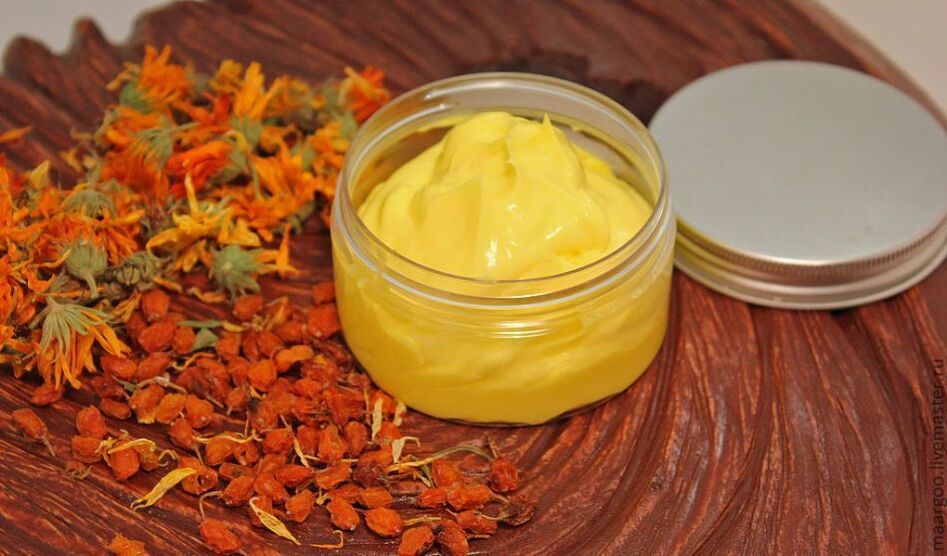
Celandine oil is prepared by mixing freshly squeezed juice with petroleum jelly in a 1: 4 ratio. The medication should be applied to the affected areas twice daily until recovery occurs.
Vinegar: Apple, wine and vinegar essence
The mechanism of the therapeutic effect of vinegar for mycoses of the feet is based on the fact that fungi do not survive in an acidic environment. Its use is effective at the first symptoms of the disease, when the pathological effect of the pathogens is limited to the superficial layers.
To moisturize the inflamed dermis and apply applications, a 9% vinegar solution is used. For extensive lesions, the following method is used: Healthy skin is generously greased with baby cream and a sock soaked in vinegar solution is pulled over the foot..In the morning, wash the foot with warm water and dry it.
The original anti-fungal ointment is made from natural 9% acetic acid and eggs. Put 250 ml vinegar and 2 fresh eggs in a glass. The shell dissolves after 3-5 days under the influence of acid. The yolk and white denature and become solid. They should be ground with vinegar and stored in the refrigerator. Lubricate fungal lesions until symptoms disappear.

You should not try to remove the fungus with vinegar essence, as it is an acid that not only causes a superficial burn of the skin, but penetrates into the germinal layer of the dermis. This threatens complications in the form of scarring on the legs or dermatoses that do not heal in the long term.
Soap and soda baths
The most gentle way to treat fungus is to use soap or soda foot baths. They soften the upper horny layer of the epidermis, which facilitates the penetration of other fungicidal agents (tar, apple cider vinegar, iodine) deeper into the fungal colonies.
Grate half a bar of laundry soap and dissolve it in 5 liters of hot water. Pour into a bowl, add 100 g of baking soda and dip your feet into the liquid. The procedure lasts 10 minutes, after which the feet are rinsed and dried thoroughly. The next step is to treat the prepared skin with an antifungal agent.
One of the combined treatment methods is foot baths with sea or table salt and baking soda.
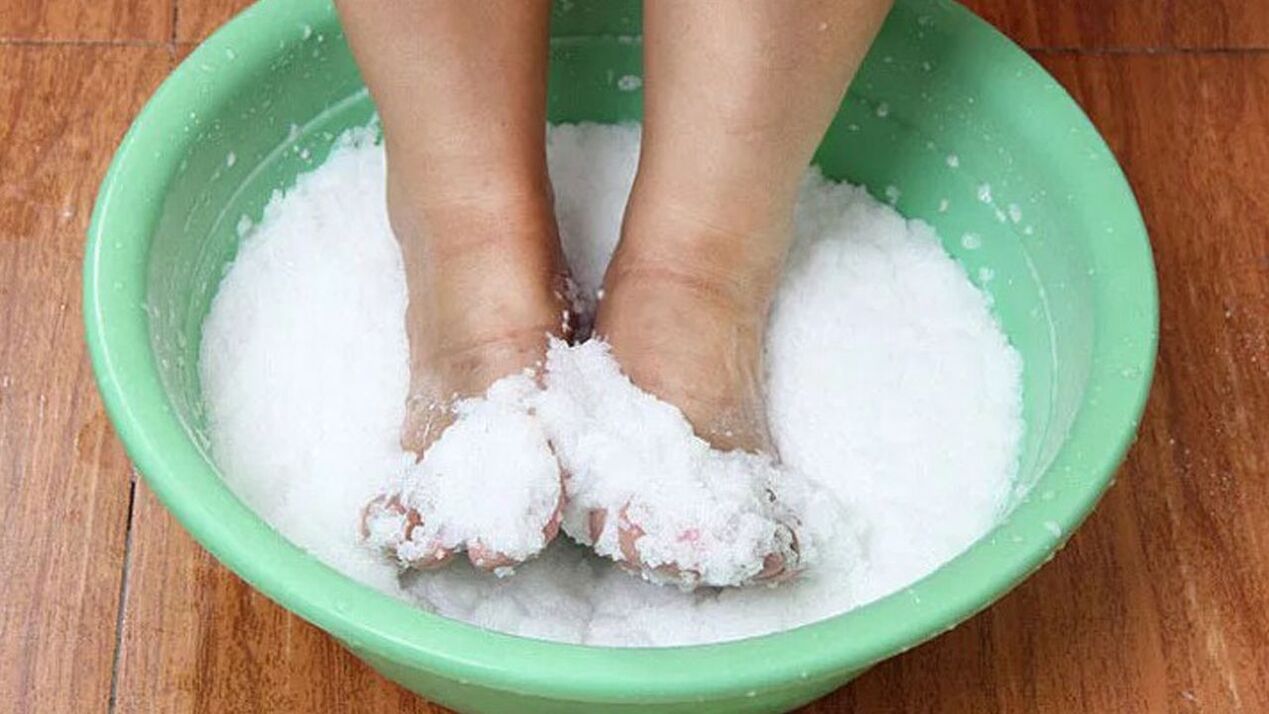
The saline solution has antiseptic and fungicidal properties. To prepare it you will need:
- Add a large spoonful of salt and baking soda to the foot bath.
- The process takes 30 minutes, then wipe your feet dry. Course 5-7 days.
Birch tar and tar soap
You can eliminate unpleasant symptoms of a fungal infection of the skin of the feet with birch tar. Its antiseptic and anti-inflammatory properties are used not only by traditional healers, but also by official medicine (Vishnevsky ointment). To treat fungus, birch tar can be purchased at the pharmacy.
Type of application:
- After a soap or soda foot bath, cut your nails, apply ointment and tar to the affected areas and lie down for 1-2 hours so that it is well absorbed.
- Socks are put on the feet and no manipulations are performed for 2-3 days. The feet are then washed with cold water and the treatment is repeated.
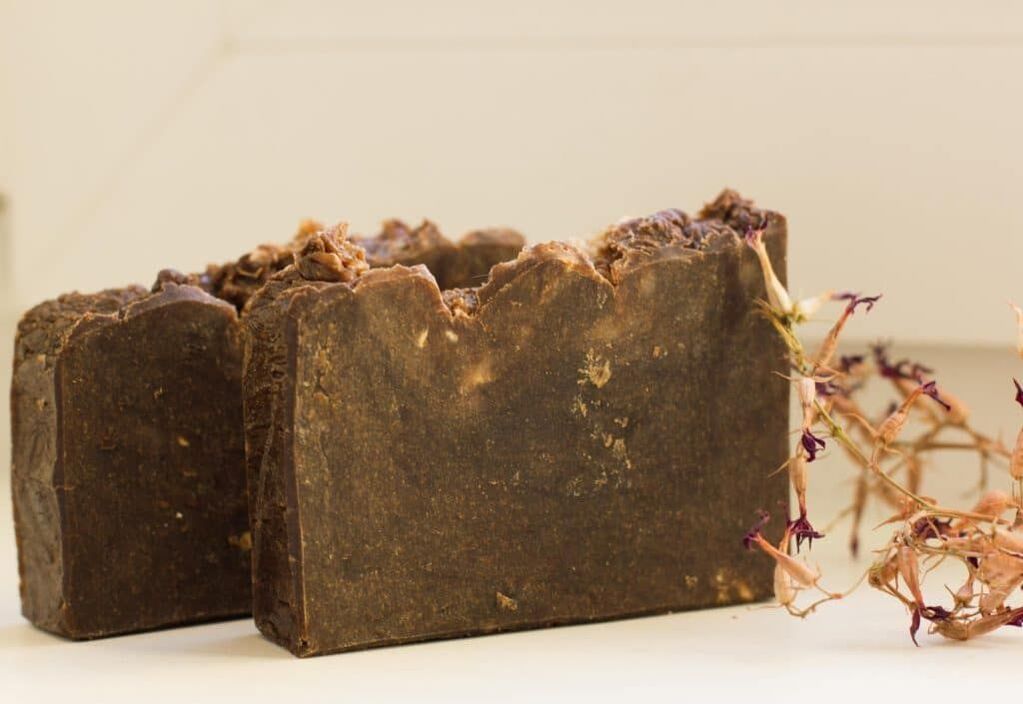
You can use tar soap that contains 10% tar. Dissolve two tablespoons of crushed tar soap in 2 liters of hot water and soak your feet there for 20 minutes. The limbs are then soaped and sprinkled with baking soda. Cover the feet with a bandage, put on socks and leave it overnight. In the morning the feet are washed with water. The course is designed to last one week.
Onion, garlic, lemon
You can treat the fungus with the fungicidal properties of onions and garlic. Vegetables crushed into pulp are applied to sore spots and fixed with adhesive tape and polyethylene. The compress remains until morning.
Lemon juice helps in the transition of the fungal process to the nail plate. The citrus fruit is cut into slices, applied to the affected areas and secured with cling film and a bandage. The duration of treatment is 10 days.
Other methods
A two-month infusion of kombucha helps get rid of the fungus. The liquid is boiled for an hour, filtered and then used for compresses and lotions. It is advisable to carry them out before bedtime, after steaming your feet in hot water with the addition of iodine or potassium permanganate.
Good results can be easily achieved if you remove the foil from the kombucha, knead it and apply the resulting pulp to the sore spot for several hours, or better yet, overnight. The process must be repeated daily for at least a week.
A decoction from:
- marigold flowers,
- blackberry fruits,
- verbena,
- Oak bark.
Pour three tablespoons of raw materials mixed in equal proportions into a glass of water and boil for 15 minutes. After cooling and straining, the decoction is used to wash the skin and apply applications. A bandage soaked in liquid is placed on the affected area for 20 minutes. Due to the security of the method, it can be used without restrictions.
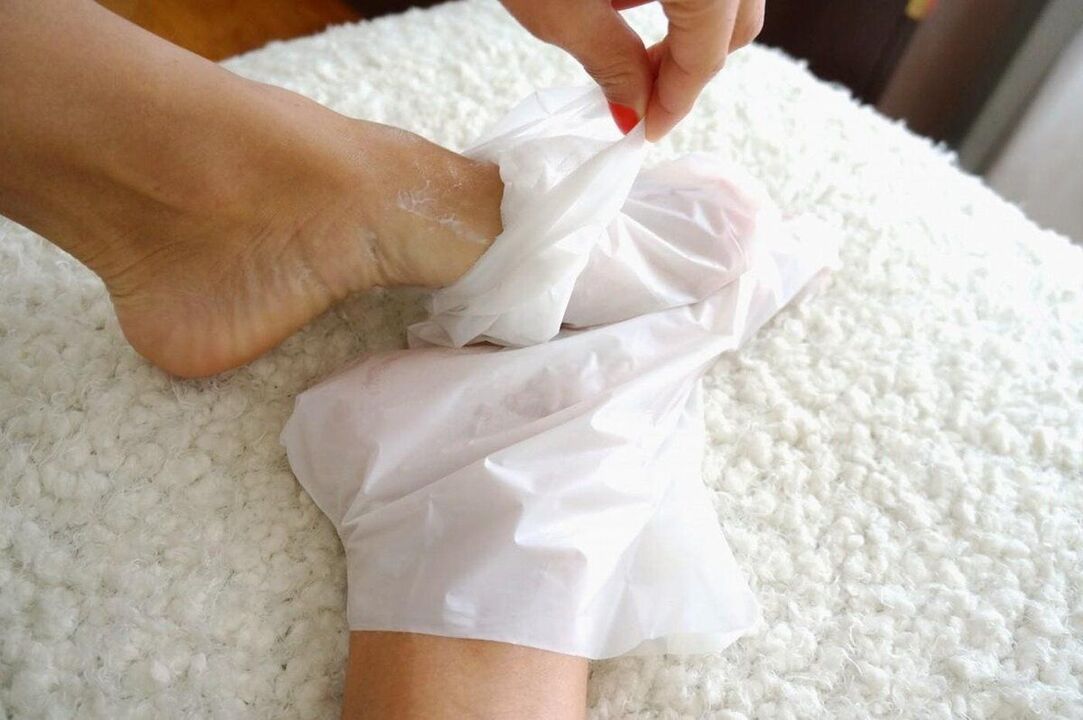
Ammonia is used in baths against nail fungus. Add 50 ml of ammonia and 2 tablespoons of baking soda per liter of warm water. The procedure lasts 25 minutes, after which the feet are washed with cold water and dried well.
It is difficult to achieve a permanent cure for the fungus using folk remedies. Home remedies usually reduce the severity of symptoms. If treatment is stopped, reactivation of the disease may occur.
It is particularly difficult to get rid of the fungus if someone in the family is sick, as there is a very high risk of all family members becoming infected if there is close household contact. Numerous reviews of people confirm that healing from fungus is possible only with strict adherence to all hygiene standards and preventive therapy.
If, despite all the measures taken, it is not possible to remove the fungus, the disease progresses and covers more and more new areas and a secondary infection occurs in the form of ulcers, you need to consult a doctor for qualified help.


















